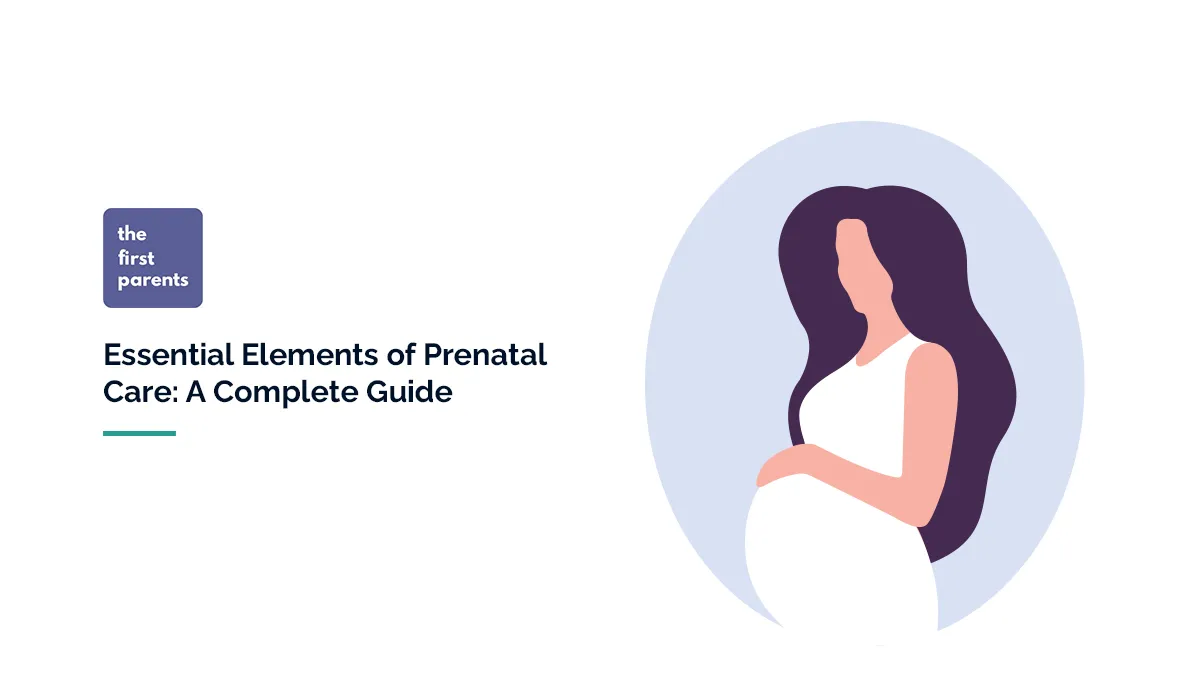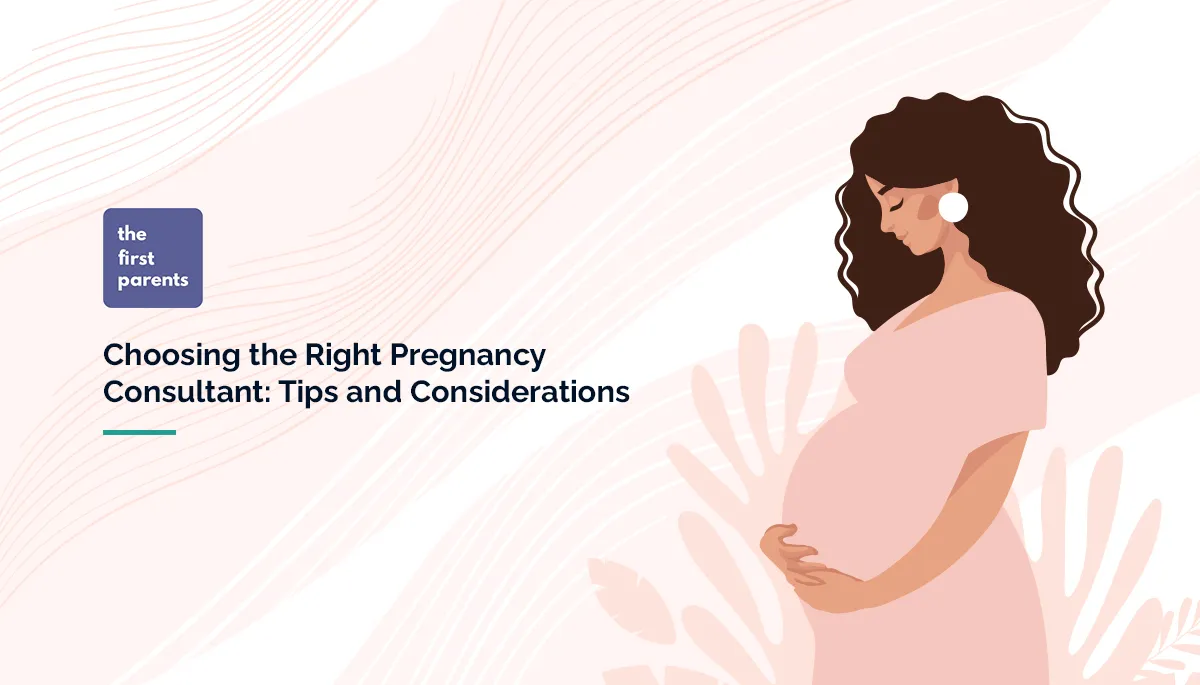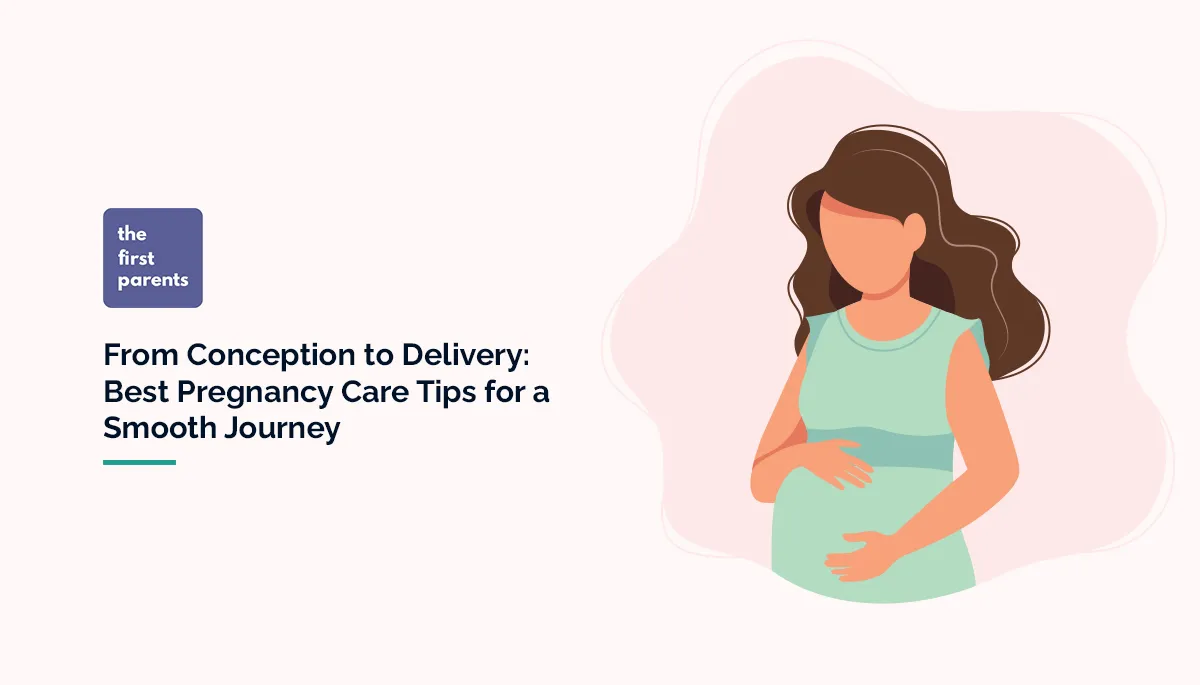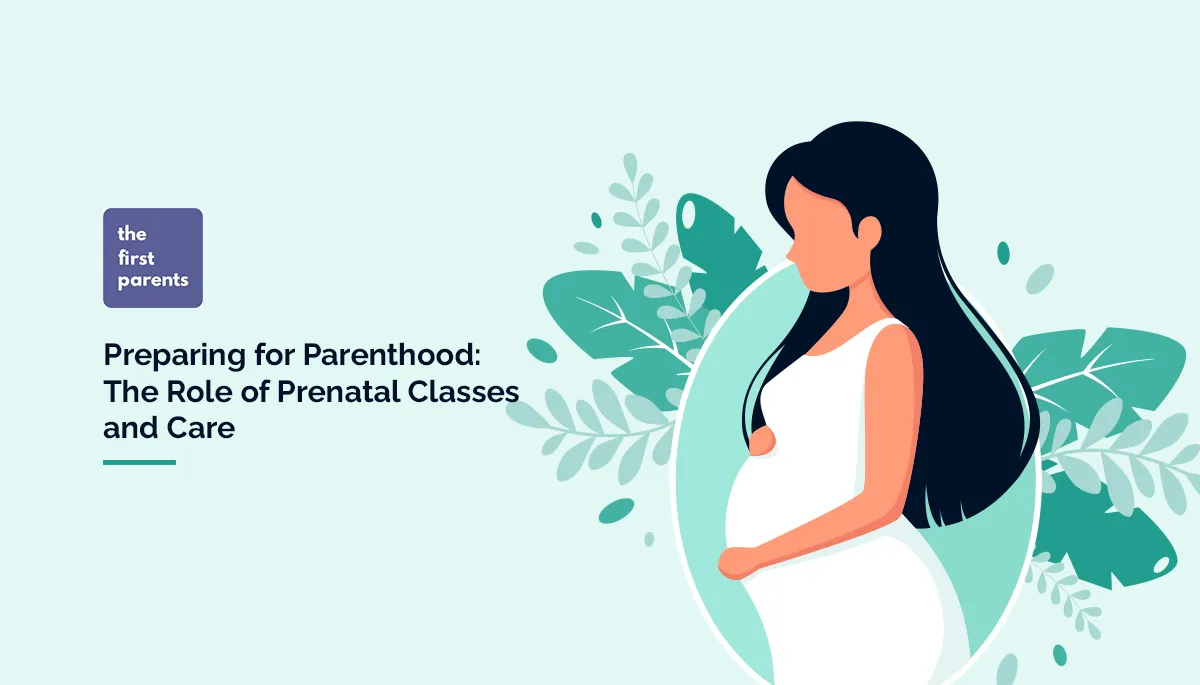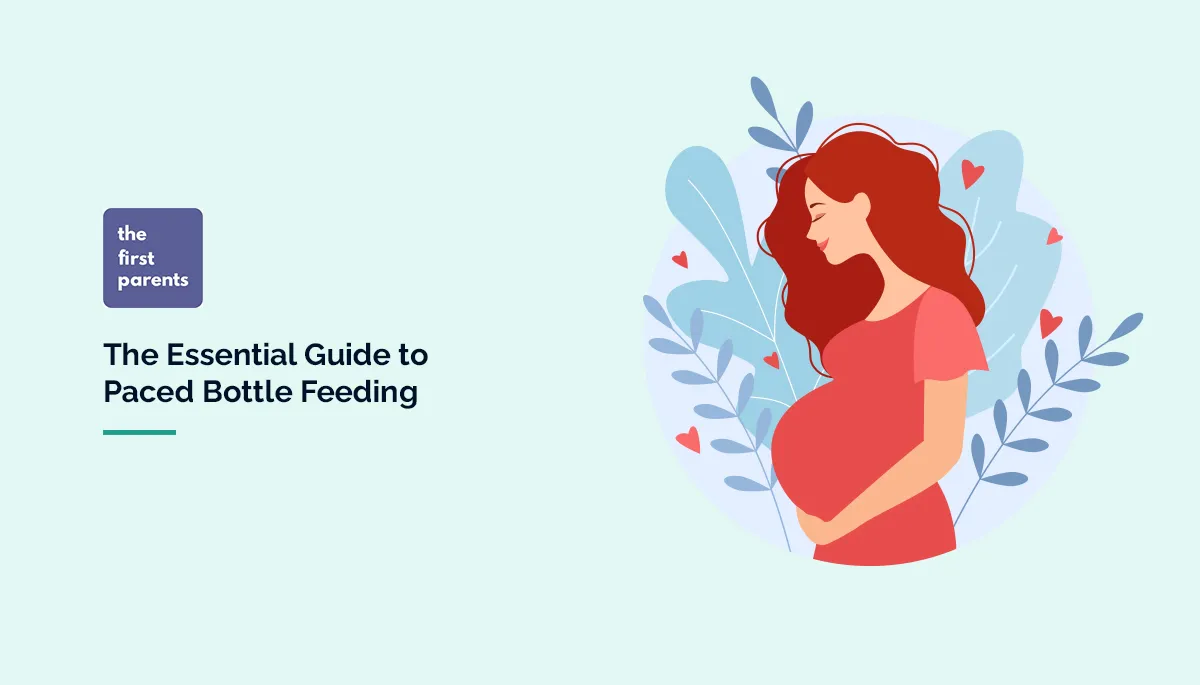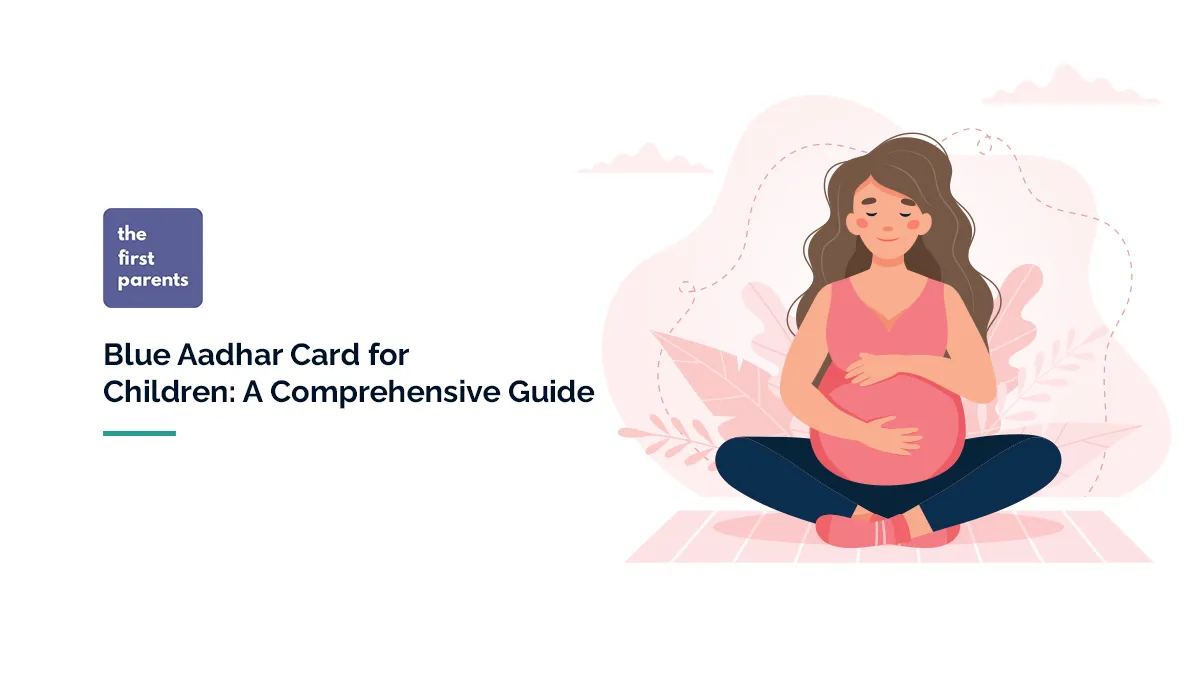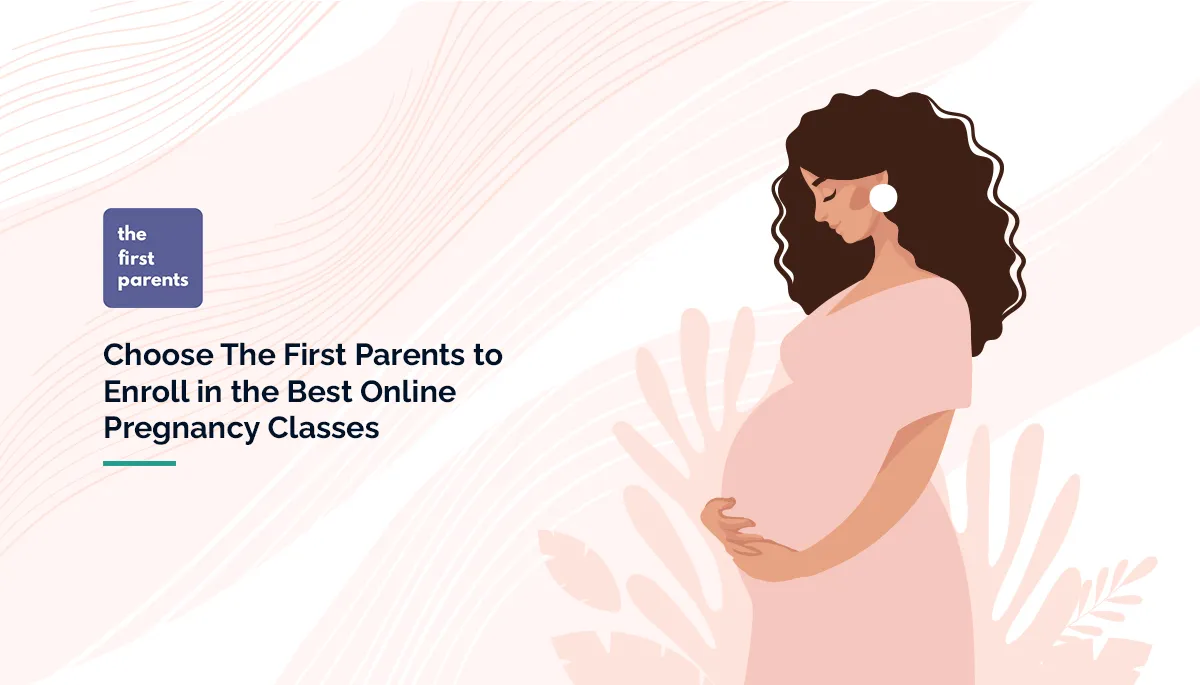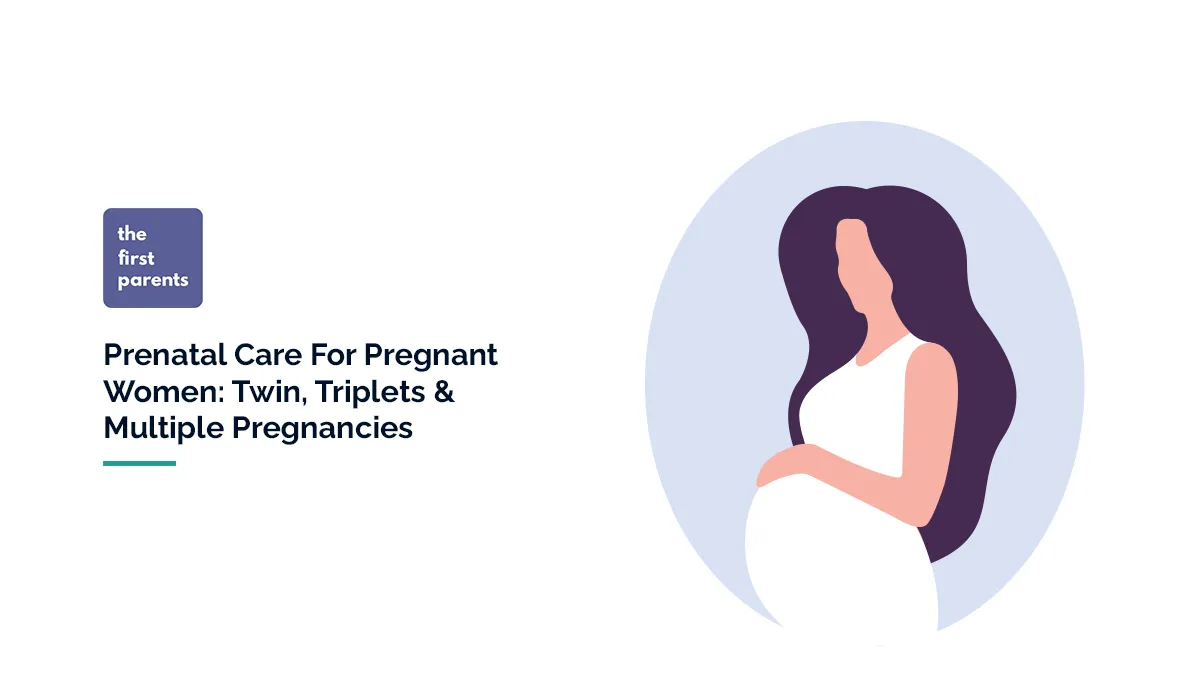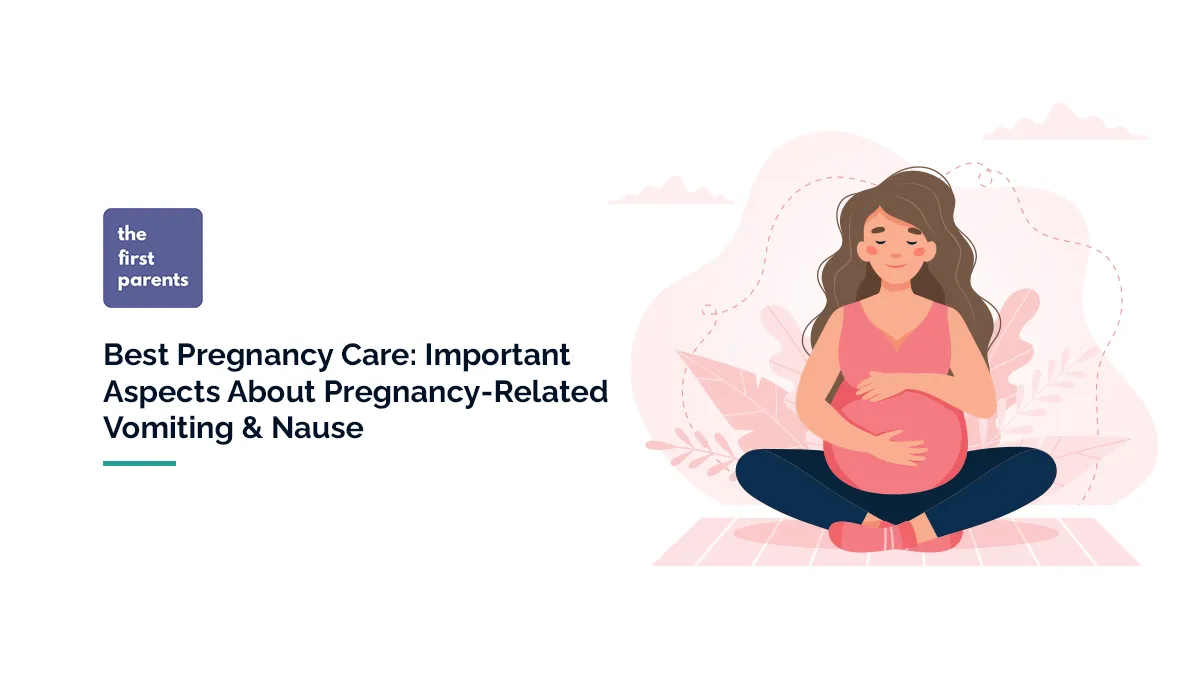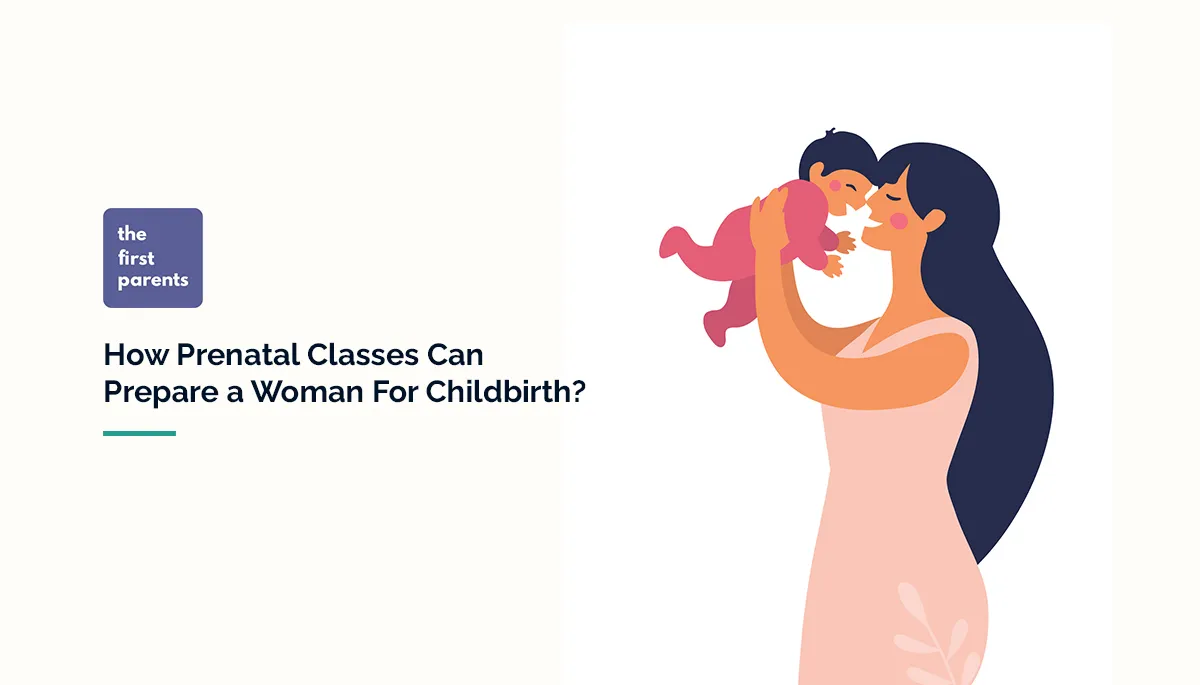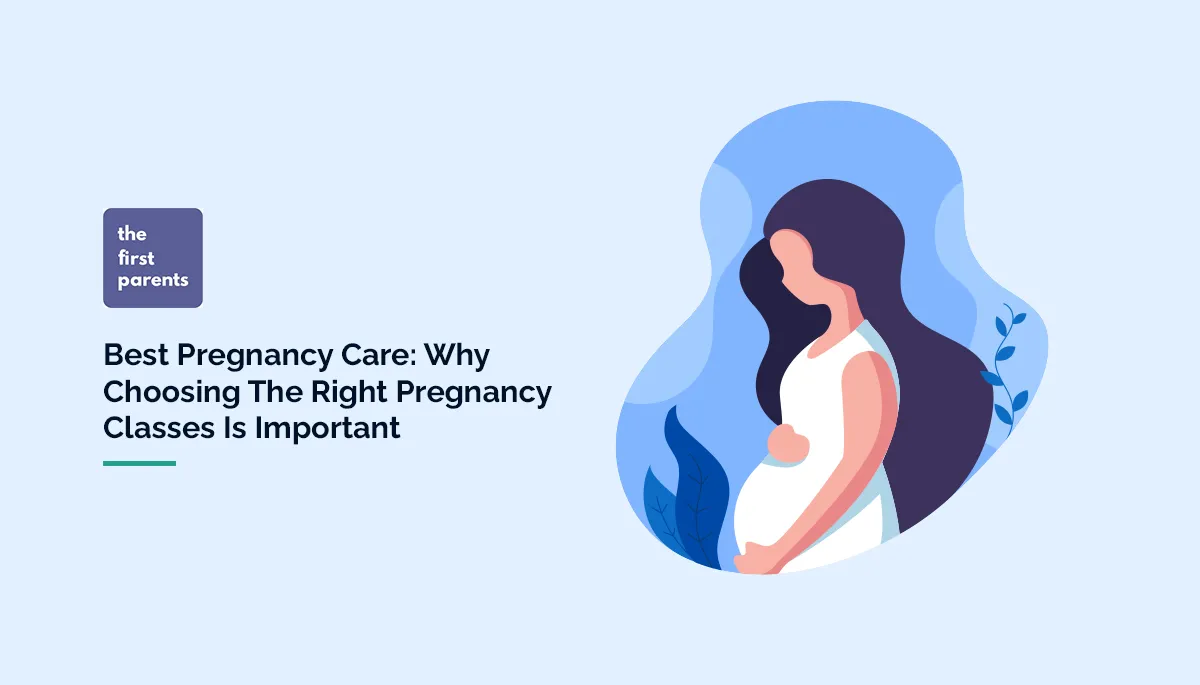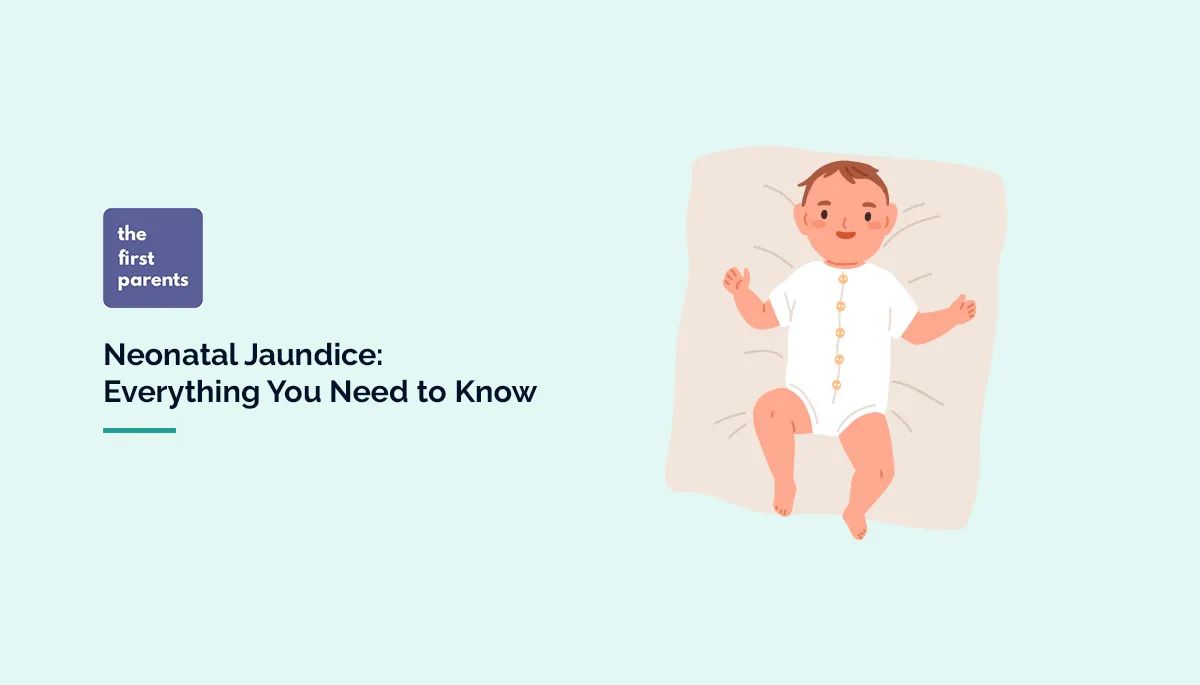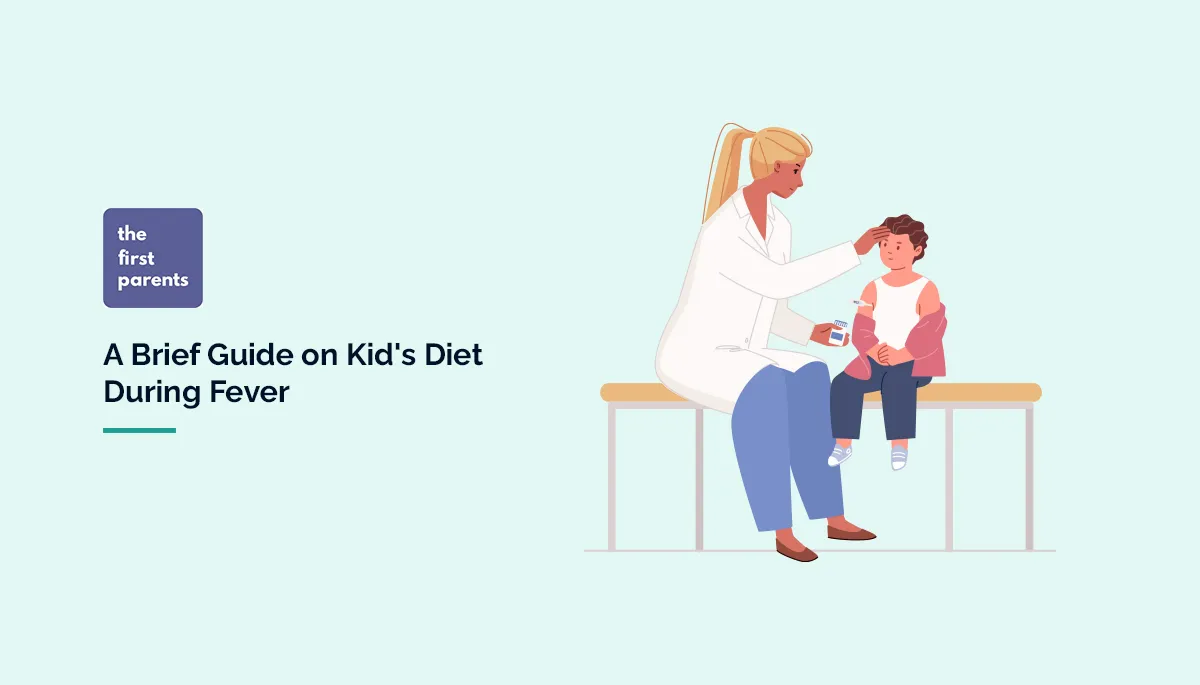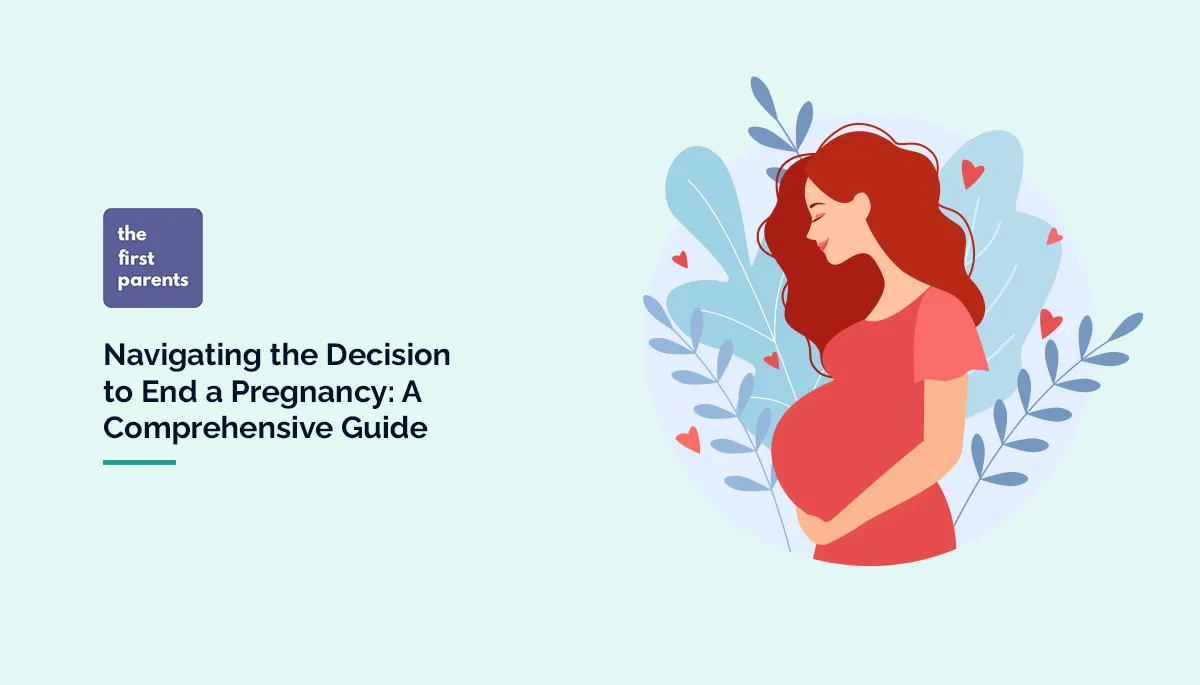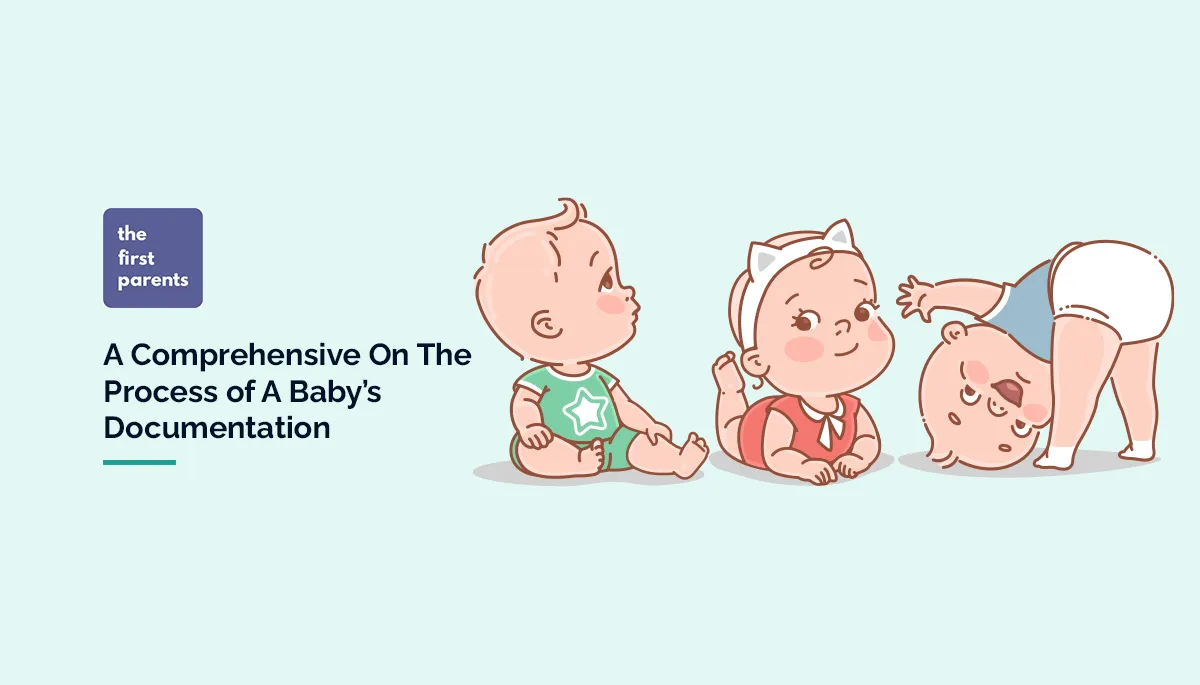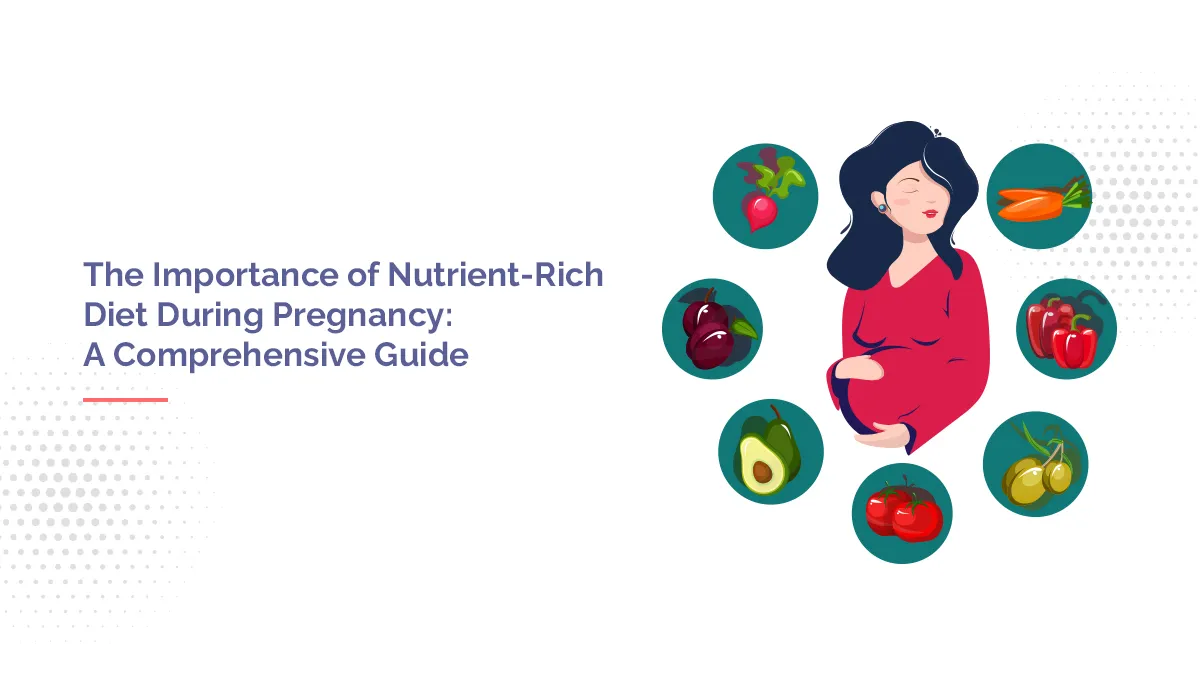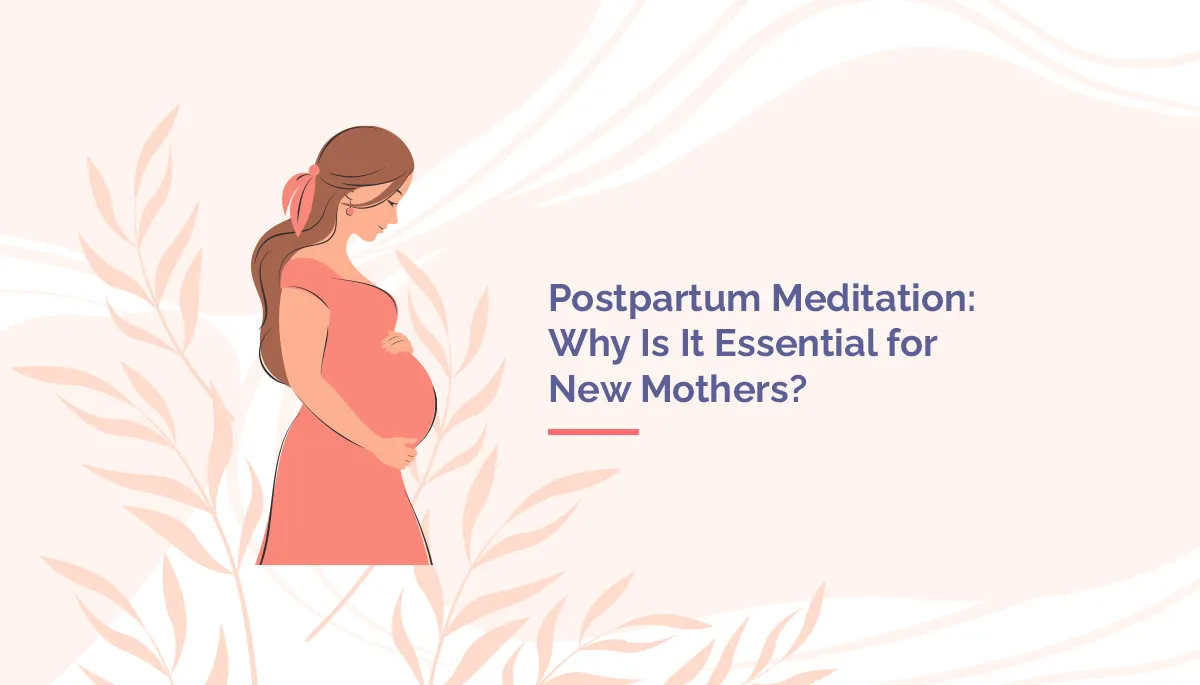The Essential Guide to Paced Bottle Feeding:
 " alt="" />
" alt="" />
- admin
- April 1, 2024
Whether your baby is breastfed, formula-fed, or enjoys a mix of both, understanding and implementing paced bottle feeding can make a world of difference in their early development and your experience as a parent. Let’s dive into what paced bottle feeding is, why it’s crucial, and how you can master this technique with our expert advice on post pregnancy care.
Why Paced Bottle Feeding?
Paced feeding is a method of bottle feeding that slows down the feed. At the heart of paced bottle feeding is the desire to closely mimic the natural rhythm and flow of breastfeeding, thereby offering the baby a more regulated and comfortable feeding experience. This approach is not about what you feed your baby, but about how you do it. Here’s why it’s a game-changer:
- Prevents Overfeeding: Through the best pregnancy care classes you will be able to learn that Babies have a suckling reflex that prompts them to suck and swallow milk whenever their mouth’s roof is stimulated, not just when they’re hungry. Traditional bottle feeding can exploit this reflex, leading to overfeeding. Since bottles deliver milk more consistently and faster than breasts, babies can consume much more than they need, setting a precedent for overeating. Paced feeding, by contrast, allows babies to eat more slowly and self-regulate their intake, closely resembling the breastfeeding experience and significantly reducing the risk of overfeeding.
- Supports Breastfeeding: For breastfeeding mothers who need or choose to bottle-feed at times, paced feeding can be a lifesaver. It prevents babies from developing a preference for the bottle’s fast and continuous flow, which could lead to breast rejection. By avoiding overfeeding, it also helps maintain the delicate balance of milk supply and demand between mother and baby.
How to Pace Feed: A Step-by-Step Guide
- Respond to Hunger Cues:
- Forget strict schedules; feed your baby based on their signals.
- Look for cues like turning their head towards the bottle or bringing their hands to their mouth.
- Position Correctly:
- Keep your baby in a semi-upright position during feeds.
- This posture reduces the risk of ear infections and mimics the natural feeding position.
- Choose the Right Equipment:
- Opt for the slowest flow nipple your baby can manage without frustration.
- Even preemie nipples can be suitable regardless of your baby’s age, as long as they don’t struggle too much with the flow. To get more information on pregnancy care, you should visit our website https://www.thefirstparents.com/.
- Let Baby Lead:
- Encourage your baby to take the nipple into their mouth on their own.
- This mimics the latching process in breastfeeding, giving them control over the start of their feeding.
- Maintain a Horizontal Bottle:
- Keeping the bottle horizontal to the ground slows down the milk flow.
- This way, you can easily pause the feed by tipping the bottle down, giving your baby time to breathe and decide if they need more.
- Pause and Listen:
- Regularly pause the feeding to allow your baby to catch their breath and signal whether they want to continue.
- This step is crucial in letting them regulate their intake.
- Respect Baby’s Fullness:
- If your baby indicates they’re done, don’t push them to finish the bottle.
- This respect for their satiety cues is foundational in helping them maintain a healthy relationship with food.
In Conclusion
Paced bottle feeding isn’t just about feeding your baby; it’s about nurturing them in a way that supports their natural eating behaviors, health, and development. It empowers you as a parent to feed your baby with confidence, knowing you’re giving them just what they need, in the way they need it. Embracing this method can lead to a more enjoyable feeding experience for both you and your baby, filled with love, respect, and understanding. To learn more about bottle feeding techniques and other post pregnancy activities enroll in our best pregnancy classes.
Verified by The First Parents

